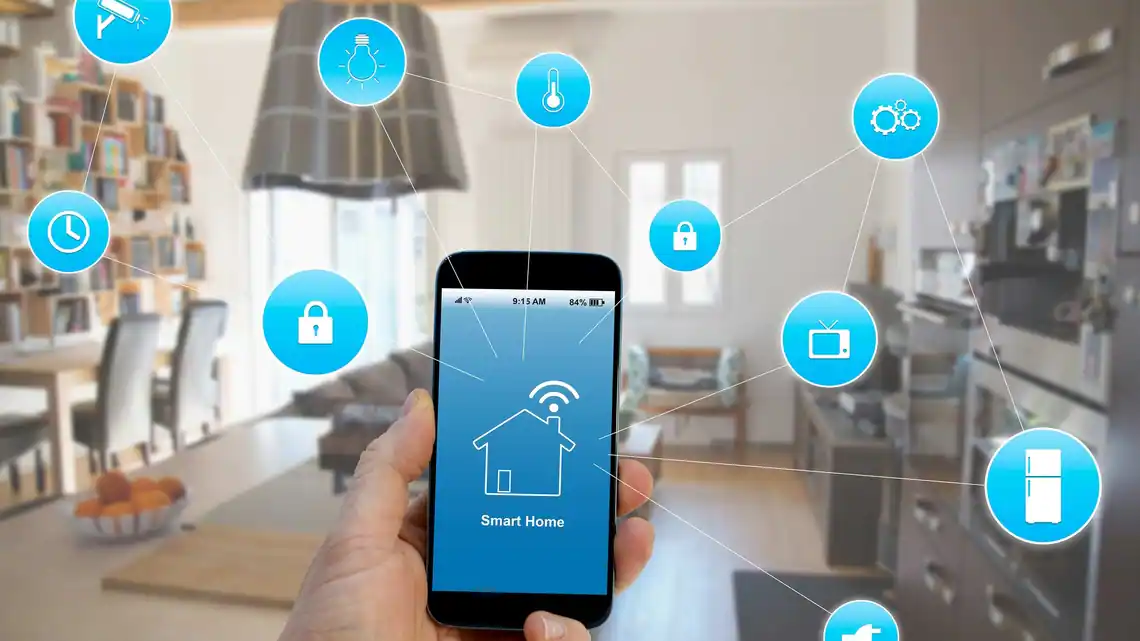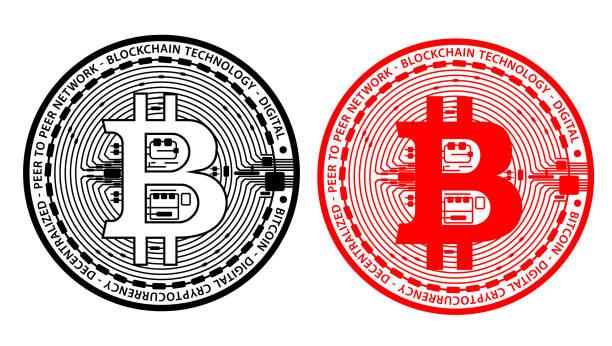Smart homes that can set the temperature, turn off the lights and show who's at the front door, among other technological advances, are becoming more popular and sell faster, according to a survey.
Products and features that were once only expected in the highest-priced properties are being found at various price points, and are changing the way people shop for homes, according to a March survey by Coldwell Banker Real Estate of some of its agents.
"People are going to come in and expect the home to be smart," says Travis Gray, a Coldwell agent in Annapolis, MD.
Having security systems, smart appliances such as a refrigerator that can alert you when milk is running low, and a system that integrates everything in a smart home can possibly increase a home's selling price by 2.5-5 percent, Gray says. Instead of granite countertops and self-closing drawers, smart home tech is expected by homebuyers, he says.
The costs
Some smart home features are inexpensive and easy to install, such as a $250 Nest thermostat, while others such as a $3,000 refrigerator that has USB ports are expensive, or a rewiring a house for faster Internet connections can cost $6,000. Buying a new home that already has smart home updates may be cheaper in the long run than buying an older, less expensive home that needs to be updated.
"In general, buying an older home and retrofitting it is going to be a bit more expensive than buying a newer home," says David Bussen, director of sales and business development at Home Technology Experts, a residential technology integrator in New York City and Hamptons.
But if you're buying an older home and plan to remodel it anyway, or have an unfinished basement, then a remodeling project could be worthwhile. The best upgrade, Bussen says, is to install Category 6 cable, commonly referred to as Cat 6, which is the highest-rated to carry more data for the Internet, phone, video and audio. For a 5,000-square-foot house, this can cost $5,000 to $6,000, he says.
Buyers, and owners, of smart homes should also keep in mind the need for a budget to maintain their home's tech systems, just as they'd save for a new roof, Bussen says. If they remodel in five to 10 years, they should also plan to update the home's tech, he says.
Popular smart home options
Sixty-two percent of Coldwell's agents say they're seeing more buyers interested in controlling their home technology through their Smartphone or table now than they were two to five years ago.
After knowing how they want to control their smart home, the tech they're most interested in are security, temperature control, safety, lighting, entertainment and appliances, according to the survey, which listed 25 smart home products that homebuyers want most.
With input from Coldwell's list and from talking to other experts, there are plenty of smart home options for any budget:
System integration: An app or console can monitor specific systems in a smart home, making it easier than controlling one item at a time. The Iris Smart Kit is $300 at Lowe's to monitor home security cameras and door sensors.
The $200 NuBryte smart home console monitors lighting and safety technology, provides energy reports, and has a household intercom, among other features.
For $250, the Neurio acts as the brain of the home, connecting older appliances and newer smart devices so users can track how their home is operating through energy use patterns. It can alert parents when their kids arrive home, or tell them if they forgot to turn something off before leaving for the day.
$1,000 to $3,000: According to Chun Liew, founder of SmartHomeDB, which aggregates smart home products, consumers can afford to buy and install a range of smart home products with such a budget.
It can include an audio system (Sonos, $400 for five wireless speakers), smart thermostat (Nest, $250), cloud camera (Dropcam, $150), smart color light bulbs (Philips Hue, $60), smart light switches and plugs (Belkin WeMo, $43), smart door locks (KwikSet Kevo, $219), smart home hub (SmartThings, $100), and robot cleaners (iRobot Roomba, $700).
Can a smart home save you money?
One of the goals of a smart home is to use it to save money. This can be done by turning off lights, lowering the temperature when you're not home, and using less power.
Zachary Feldman, co-founder of the New York Code Design Academy, says buying a Nest thermostat for his Brooklyn home has saved him money on gas and heating. Feldman says he is in a program that his electric company offers, and that he was given $85 to cool his home in advance of peak usage.
What if it breaks?
While the technologically advanced appliances in a home may be smart, they can still break down - requiring the computation of if an appliance is worth repairing or if it's cheaper to buy a new one. Even if the appliance doesn't break, knowing how to reconnect it to a home's WiFi system can be beyond the capabilities of a homeowner.
Insurance, an extended warranty or service contract, or even a simple call to the manufacturer can solve some problems. Or, if the broken smart appliance can't be fixed easily, a new one can be bought.
Homeowners' insurance won't cover such repair claims if your fridge or other smart appliance goes out. Your electric company may reimburse you for spoiled food during a lengthy electrical outage, or you may be covered during a power surge in an electrical storm, for example.
One option is a home warranty, such as comes with a home and its appliances when the home is sold to a new owner. Older appliances often aren't covered, however, and pre-existing problems usually aren't covered when a warranty starts. A deductible may also be required.
A product warranty will cover anywhere from 90 days to a year, and some manufacturers and stores sell extended warranties.
A more long-term solution is appliance insurance through a company such as Protect Your Bubble, which provides insurance and extended warranty protection plans for smartphones, tablets, wearable technology, appliances, electronics and other things. An appliance can be covered for $3.99 per month.
It's an area that's only growing. Around 38 million homes around the world this year are expected to have a "smart home" system, and connected home shipments are expected to grow at an annual rate of 67 percent during the next five years, according to Protect Your Bubble.
"The more technologies that are built into these appliances, the more things that can go wrong," says Stacey Vogler, a managing director at the company.




